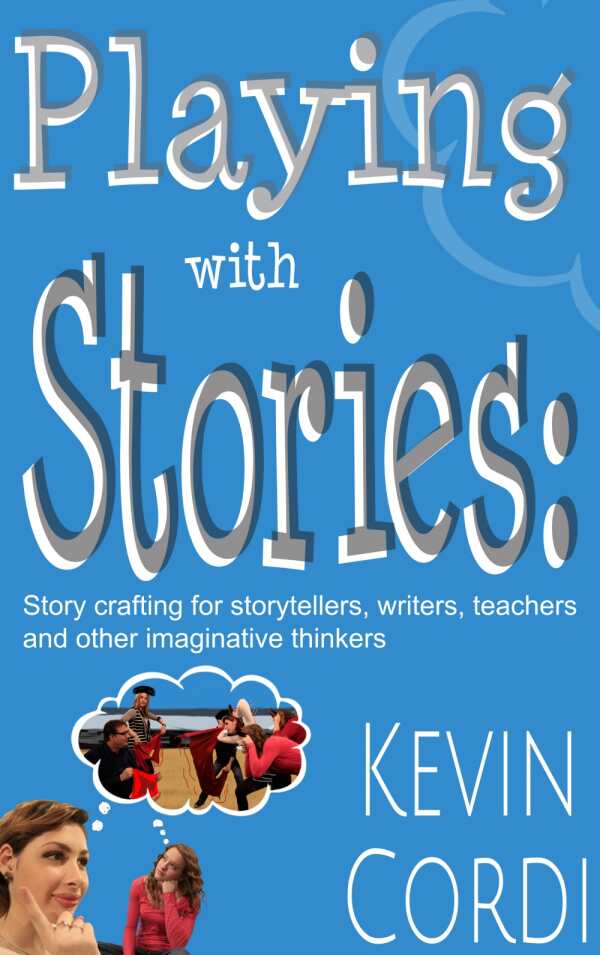Playing with Stories
Story Crafting for Storytellers, Writers, Teachers, and Other Imaginative Thinkers
The author pulls from his own cadre of experience over two decades of story crafting to offer practical advice.
There is nothing more frightening to a stalled writer than a blinking cursor on a blank page. In Playing with Stories: Story Crafting for Storytellers, Writers, Teachers, and Other Imaginative Thinkers, professional storyteller Kevin Cordi offers a lifeline to anyone mired in writer’s block. His guide is rich in exercises, rationale, and tips.
The first few chapters are aimed at those constructing stories. Cordi, who has a PhD in Storytelling and Story Making from the Ohio State University, argues for the role of play in imaginative thinking in order to break free from expected modes of brainstorming and narrative development. He encourages storytellers to use new forms of expressions like song, art, or movement to explore stories’ possible directions. He coins the term “word dance” to illustrate the new avenues opened up when written stories are talked through out loud. He even cites a group workshop in which participants acted out the context of the story—the sounds, etc.—to give the storyteller inspiration on where to go next.
Cordi, who once served as the executive director for the National Youth Storytelling Olympics, aims the last few chapters toward those who are tasked with encouraging others to create dynamic stories. Here, he underscores the importance of working with a partner, the role of listening in storytelling, and the fertile ground of ensemble storytelling.
The author, clearly passionate about words, pulls from his own cadre of experience over two decades of story crafting to offer practical advice such as finding “the hidden times that are within the skeleton of the story, but not yet fleshed out.” As an example, he suggests focusing on the sound of Red Riding Hood’s breath as she makes her way to her grandmother’s house.
But such story examples are either underused or buried in Playing with Stories. Four chapters in, Cordi offers a great example of how his playful exercises can open up a story: What’s inherent in Captain Hook to make him go after Peter Pan? Did something happen in his childhood? This exercise in imagination would have been a dynamic start to the book.
The lack of pedagogy and in-chapter organization makes it difficult to zone in on the most important takeaways. The subheadings are often redundant and disorganized, and the end-of-chapter exercises and lists are lost without shaded boxes or bullets to highlight them. There are a few minor typos, such as missing periods and misspellings.
Writers and storytellers stuck at an imagination impasse—or those charged with helping them—will undoubtedly benefit from Cordi’s lessons, which give narratives new breath and new room to keep growing.
Reviewed by
Amanda McCorquodale
Disclosure: This article is not an endorsement, but a review. The publisher of this book provided free copies of the book and paid a small fee to have their book reviewed by a professional reviewer. Foreword Reviews and Clarion Reviews make no guarantee that the publisher will receive a positive review. Foreword Magazine, Inc. is disclosing this in accordance with the Federal Trade Commission’s 16 CFR, Part 255.

